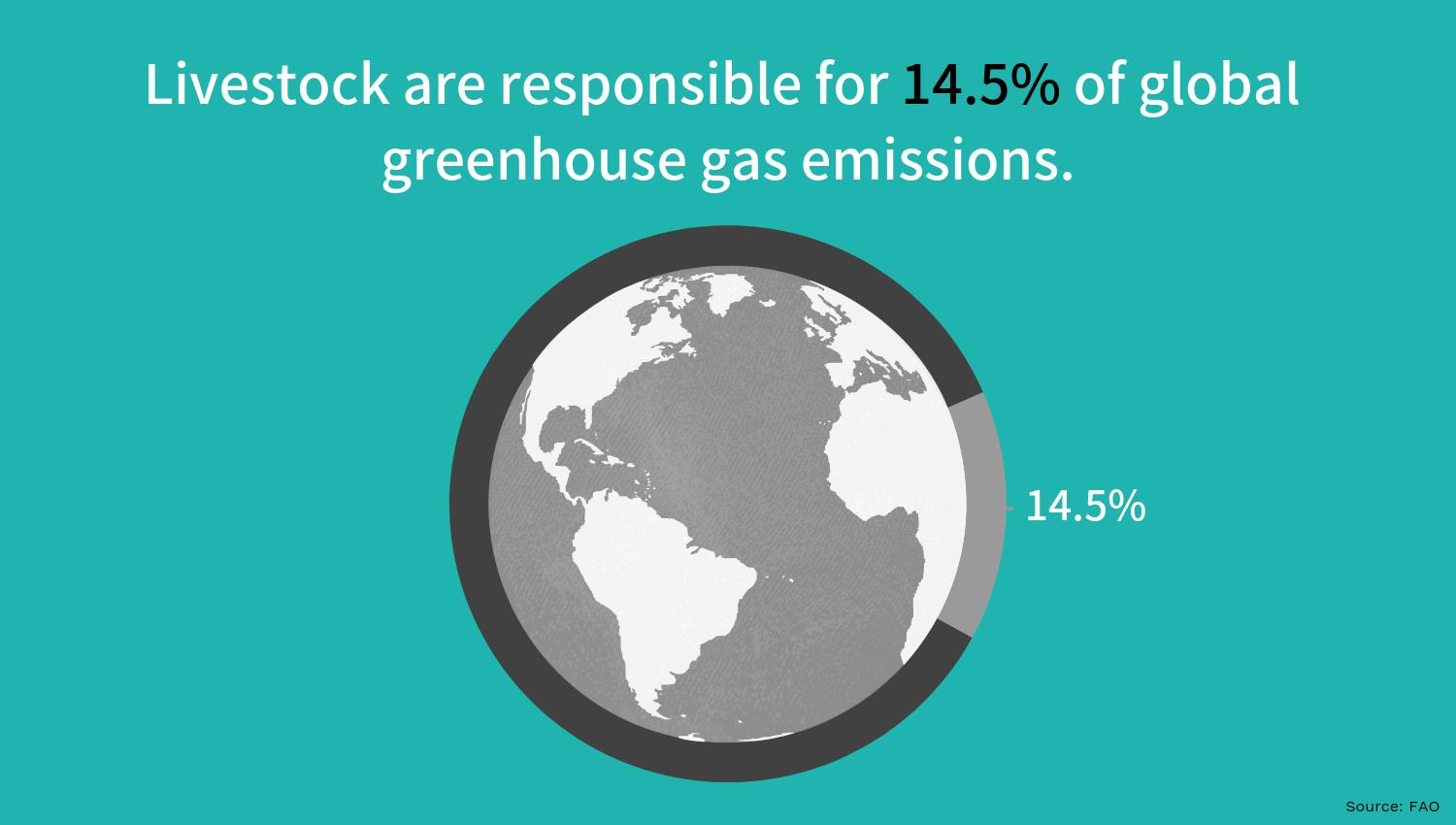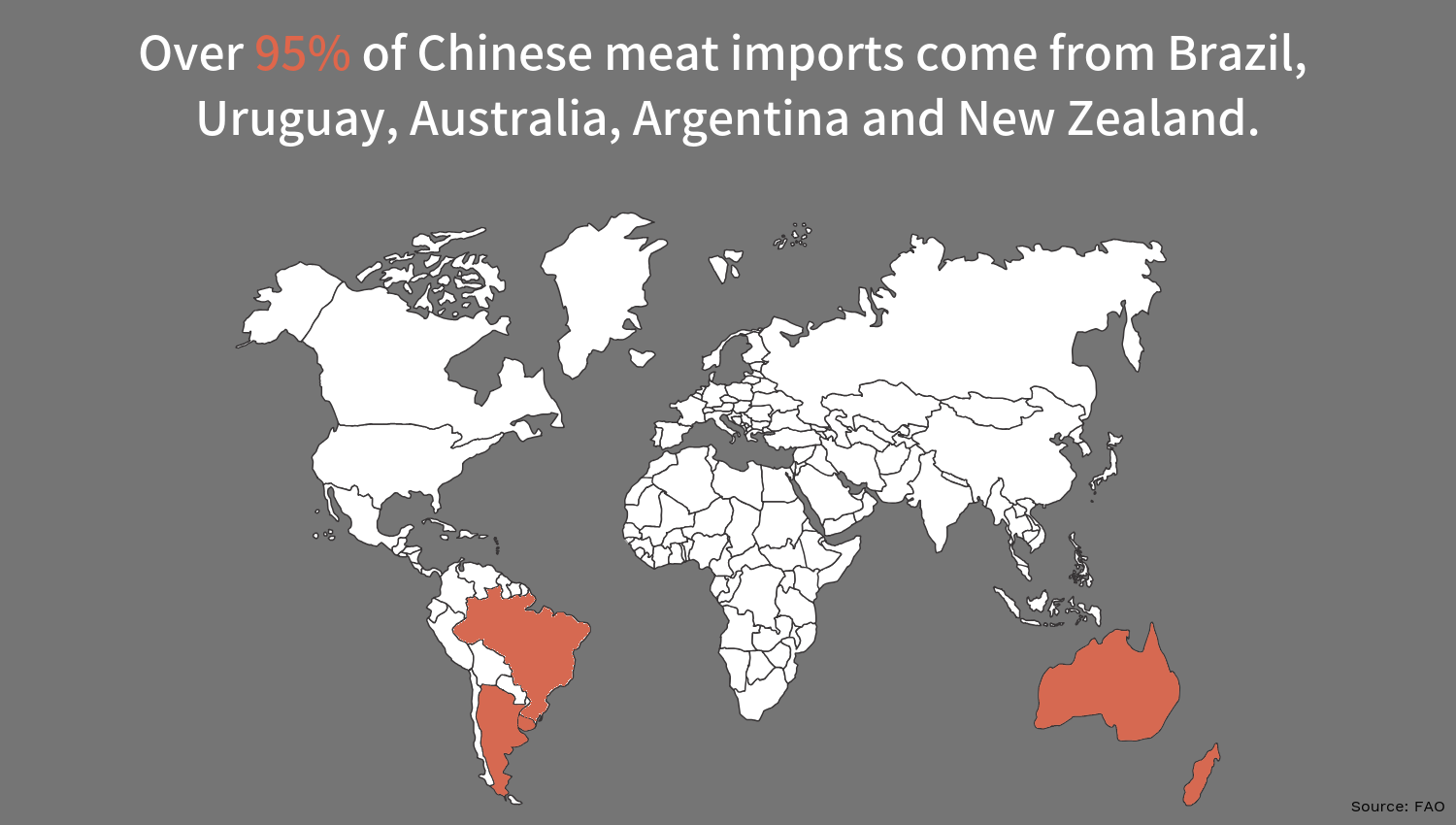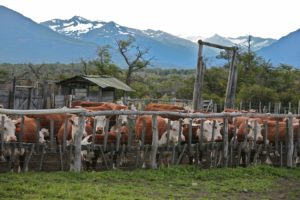Campaigns to cut meat consumption have been highly visible throughout UN climate change conferences (COPs) in recent years, with livestock responsible for 14.5% of global greenhouse gas emissions (GHGs).
Yet the lack of progress is clearly on show at COP24 in Katowice, Poland, with beef burgers, ham gnocchi and bacon conspicuous among the catering options.
If over the two-week conference the 22,000 attendees chose meat-based food, the emissions footprint would be equivalent to burning more than two million litres of fuel, according to an analysis presented at the summit.
“The lack of attention to food as a way to solve the climate crisis was reflected in the food options at COP24, with menus based on meat and dairy instead of offering plant-based options,” a report by campaigners Farm Forward, Brighter Green and the Center for Biological Diversity said.

Food production creates massive environmental impacts due to greenhouse gas emissions from animals (mostly methane), deforestation and water consumption. Latin America has thousands of hectares devoted to agriculture and rearing livestock.
Without action, the impact will worsen. The world’s population is expected to increase by 2.3 billion by 2050 and global salaries will triple, enabling more people to afford meat-based diets.
“If we continue producing food the way we are and the demand continues to grow, we will need to cut down all the forests in the world to meet demand in 2050. But there is huge potential for improvement with greater efficiency,” said Tobias Baedeker, a World Bank economist who specialises in agriculture.
Diet changes
Two billion people in high meat-consuming countries such as the US, Brazil and Russia should reduce consumption by 40%, limiting intake to 1.5 servings per week, according to a study by the World Resource Institute (WRI) presented at the COP.
Globally, meat and dairy production uses 83% of land dedicated to agriculture and generates 60% of the sector’s emissions. Along with cutting consumption, the other main challenge is increasing the amount of food produced per hectare.
“Latin America has a central role, with many hectares of poorly managed pasture land that could be more efficient. The problem is that it is cheaper to deforest than to improve productivity,” said Timothy Searchinger, the WRI report’s author.

Every three minutes, a cow belches through its nose. Inside the first chamber of their stomachs, known as the rumen, are bacteria that break down everything they eat. During the process they emit methane, a gas that contributes 25 times more to global warming than carbon dioxide, which transport and industry are largely responsible for.
On top of this are emissions from waste and indirect emissions linked to deforestation through the expansion of pasture. The transgenic (GMO) soybean boom in Latin America largely displaced cattle ranching to new regions, many covered by native forests.
Compared to pigs or chickens, cows need 28 times more land and eleven times more food and water. They also generate five times more emissions, according to US-based researcher Gidon Eshel. The gap is even greater compared to plants such as potatoes and rice, which need around 160 times fewer resources.
However, persuading the whole world to switch to a vegetarian or vegan diet is not realistic, according to the WRI report, which instead calls on people to reduce meat consumption. Other recent scientific reports agree.
To prevent average global warming of more than 2°C by the end of the century, as targeted in the Paris Agreement, the world must eat 75% less beef, 90% less pork and cut egg consumption by half, according to research by Oxford University.
Experts recommend introducing subsidies for plant-based foods, changes in office and school menus and taxes on meat-based products. At the same time, they urge far-reaching changes in agricultural methods.

“There is a tendency towards the industrialisation of meat production. That means that cows are fed corn and soybeans, crops that require more land,” said Wanqing Zhou, a researcher at the Brighter Green think tank.
“Transforming unprotected ecosystems into areas of food cultivation for cows has been one of the most profitable practices that the livestock sector has found and that has led to increases in emissions, as seen in the [South American] Gran Chaco [eco]region,” she said.
Rising consumption
According to UK think-tank Chatham House, global meat consumption is expected to grow 75% by 2050. China will be responsible for a large part of the increase.
The average Chinese citizen will consume 55 kilos of meat per year by 2026, 10% more than in 2017, according to a report by UN’s Food and Agriculture Organisation (FAO) and the OECD. Pork will remain the preferred option, representing 60% of the total.
More than 95% of Chinese meat imports come from Brazil, Uruguay, Australia, Argentina and New Zealand. Between 2011 and 2016, imports of beef increased 370%. The trend looks set to continue, as local producers struggle to compete with the big exporters.

“Chinese consumers are familiar with Latin American words like ‘asado’ [barbeque] and ‘churrasco’ [grilled beef] and that will help maintain imports. The biggest advantage of Latin American meat is the cost and that is why it is expected that imports to China will continue to be mainly from those countries,” said Zhou.
In Argentina, the volume of beef exported between January and October was the highest in the last nine years, with China the main demand centre. The South American country shipped 155,144 tonnes in the first ten months of the year, twice that exported in 2017.
Brazil has also increased beef exports by almost 60% so far this year. They now exceed one million tonnes. More than 45% of the total went to China. The figures are expected to rise next year.
Reyes Tirado, a researcher at Greenpeace said: “The world needs to get towards levels of meat and dairy consumption that allow for a safe planet. Privileged societies in developed and developing countries have to lead the change.”

